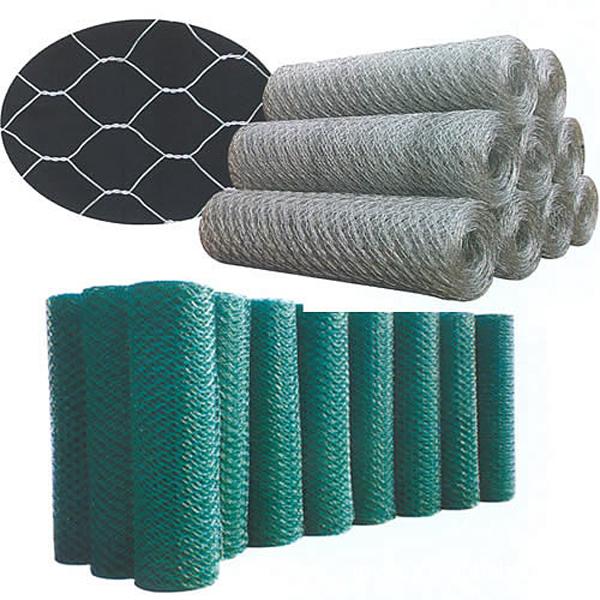
- Mobile Phone
- +8613931874955
- sales@cntcmetal.com
joint reinforcement masonry
Joint Reinforcement in Masonry Enhancing Structural Integrity
Masonry construction has been a fundamental technique in building structures for centuries, valued for its durability, fire resistance, and aesthetic versatility. However, like any construction method, masonry is subject to challenges, especially concerning its structural integrity under various loads, environmental effects, and seismic activity. One effective solution to enhance the performance of masonry is the implementation of joint reinforcement. This article examines the importance, benefits, and considerations of joint reinforcement in masonry construction.
Understanding Joint Reinforcement
Joint reinforcement refers to the use of steel bars or wires placed in the horizontal and vertical joints of masonry walls to improve their tensile strength and overall stability. This reinforcement is typically installed in the mortar joint, effectively integrating with the masonry units without compromising their appearance or function. It is commonly used in brick, block, and stone masonry, providing an additional layer of strength that helps the structure to withstand various forces.
Benefits of Joint Reinforcement
1. Increased Strength and Stability One of the primary advantages of joint reinforcement is the enhancement of the wall's tensile strength. Traditional masonry relies heavily on compressive strength but lacks sufficient tensile capacity. By integrating joint reinforcement, walls gain improved resistance to bending, cracking, and lateral forces, making them more resilient under loads such as wind, seismic activity, and settling.
2. Crack Control Joint reinforcement plays a significant role in mitigating cracking. As masonry expands and contracts with temperature changes, joints can develop cracks. The presence of reinforcement helps distribute stresses more evenly within the wall, minimizing the risk of cracking and increasing the longevity of the masonry.
3. Improved Load Distribution Joint reinforcement aids in the uniform distribution of loads across masonry walls. This capability is crucial for ensuring that walls can handle heavy loads from roofs, floors, or adjacent structures without experiencing localized failures.
4. Enhanced Durability Buildings exposed to harsh environmental conditions, including moisture and freeze-thaw cycles, benefit from joint reinforcement. By improving structural integrity and reducing the likelihood of cracks, joint reinforcement contributes to the overall durability and lifespan of masonry structures.
joint reinforcement masonry

5. Seismic Resilience In seismic-prone areas, the importance of joint reinforcement cannot be overstated. It plays a crucial role in helping masonry structures absorb and dissipate seismic energy, significantly reducing the risk of catastrophic failures during an earthquake.
Design Considerations
While joint reinforcement offers numerous benefits, several design considerations must be taken into account for effective implementation
- Type of Joint Reinforcement There are various forms of joint reinforcement, including ladder, truss, and mesh configurations. The choice of reinforcement depends on the specific requirements of the masonry structure and the loads it will encounter.
- Spacing and Placement Proper spacing and placement of joint reinforcement are critical to maximize effectiveness. Designers must adhere to local building codes and standards, considering factors like wall height, thickness, and expected loading conditions.
- Material Compatibility The materials used for joint reinforcement should be compatible with the masonry units and mortar. For instance, galvanized steel is often recommended to prevent corrosion and ensure longevity.
- Integration with Other Systems Joint reinforcement should be coordinated with other structural elements, such as lintels, to ensure seamless performance across the entire masonry system.
Conclusion
Joint reinforcement is a vital component in modern masonry construction, addressing some of the significant challenges associated with traditional methods. By enhancing tensile strength, controlling cracking, improving load distribution, and increasing durability, joint reinforcement contributes to safer and more resilient structures. As the construction industry continues to evolve, the role of joint reinforcement will be increasingly recognized and appreciated as a fundamental technology in achieving high-performing masonry buildings. Emphasizing best practices in design and implementation will ensure that masonry remains a trusted option for architects, engineers, and builders in the years to come.
share:
-
Why Sacrificial Formwork Is Redefining Underground ConstructionNewsJun.06,2025
-
The Structural Dynamics of Modern Concrete: How Snake Spacers Revolutionize Flexible ReinforcementNewsJun.06,2025
-
Snake Spacers Smart-Lock Concrete Reinforcement with Surgical PrecisionNewsJun.06,2025
-
Snake Spacers: Reinforcement Precision for Modern Concrete ProjectsNewsJun.06,2025
-
Snake Spacers Powering Concrete's Structural DNANewsJun.06,2025
-
Slither into Success: Snake Spacers' Precision Bite for Unbreakable ReinforcementNewsJun.06,2025
-
Sacrificial Formwork: Building Stronger, Faster, and Safer StructuresNewsJun.06,2025



















